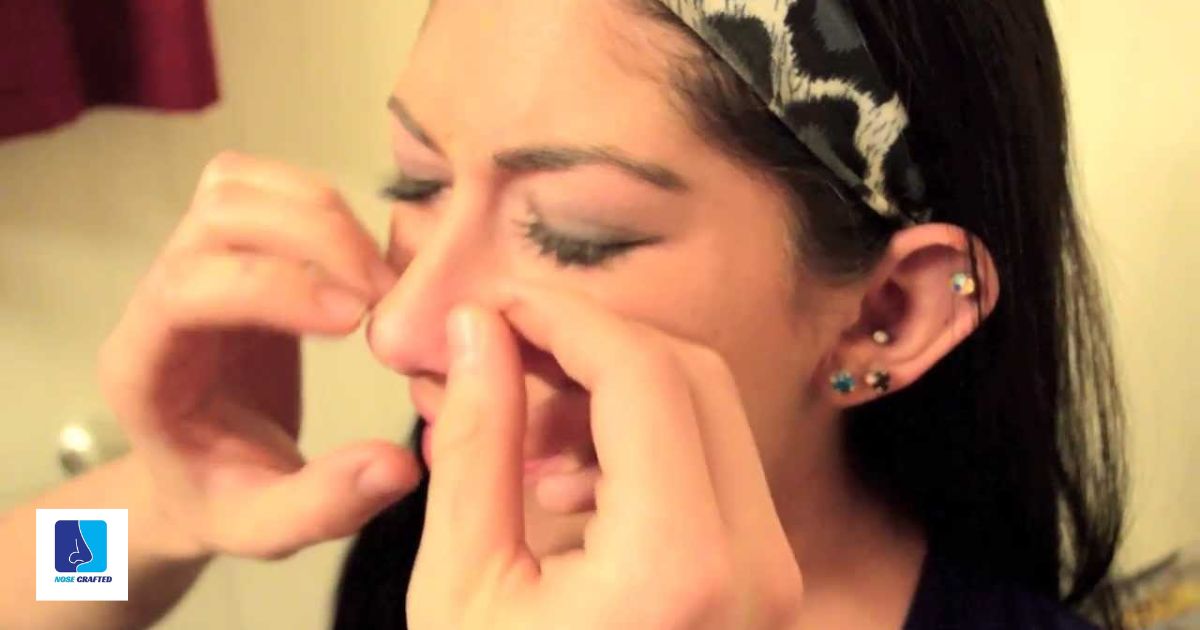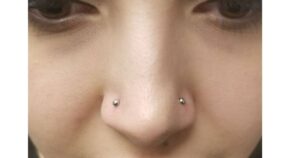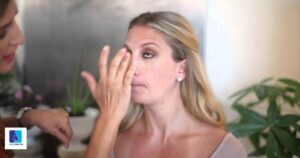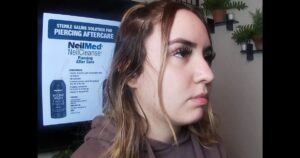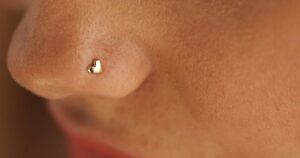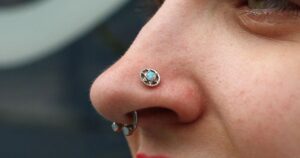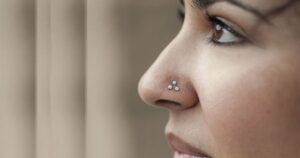A pierced nose involves creating a small hole in the skin and cartilage of the nose. This hole allows for the insertion of jewelry such as studs, rings, or hoops. People pierce their noses for cultural, religious, or personal reasons. The practice dates back centuries and is common in many cultures worldwide.
Curious about nose piercing but hesitant to visit a professional? Discover how to pierce your nose safely at home with our step-by-step guide. Empower yourself with the knowledge and confidence to achieve the look you desire, starting today.
How to pierce nose at home refers to the process of self-piercing the nose without professional assistance. It involves steps such as sterilizing equipment, marking the piercing location, and carefully inserting jewelry. However, it’s crucial to note that DIY piercings can pose risks such as infection and improper placement, so caution and thorough research are advised.
Preparing for a DIY Nose Piercing
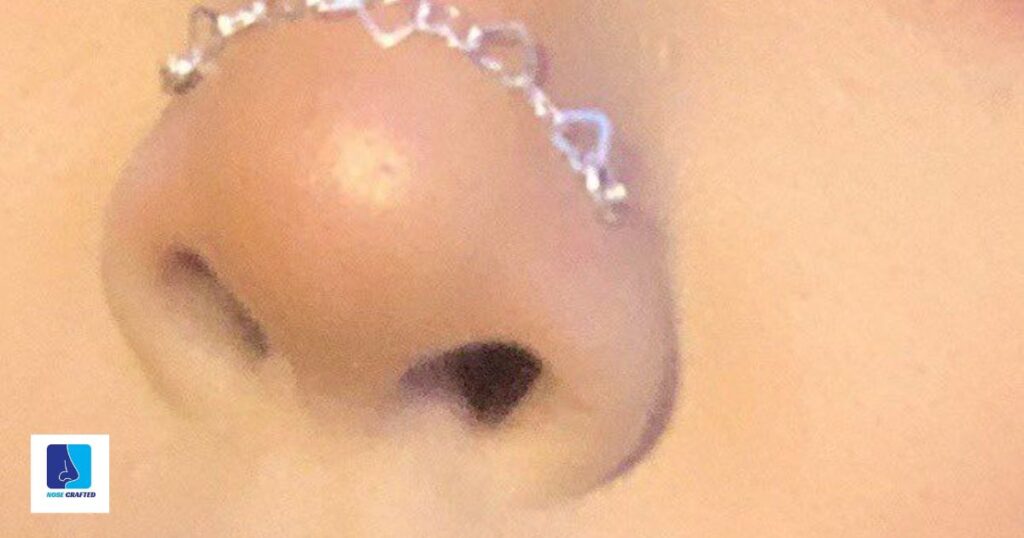
Preparing for a DIY nose piercing involves gathering the necessary supplies and ensuring they are properly sterilized. You’ll need a piercing needle or a sterile piercing gun, as well as jewelry like studs or rings. Additionally, it’s essential to have rubbing alcohol, sterile saline solution, cotton swabs, and gloves on hand. Before beginning, thoroughly clean the area around your nose with antibacterial soap and water.
Next, carefully sterilize all equipment using rubbing alcohol or a sterilizing solution recommended for piercing instruments. This step is crucial to minimize the risk of infection. Lay out your supplies in a clean, well-lit area, and make sure you have a mirror to help with positioning. Taking these precautions will help ensure a safer and more successful DIY nose piercing experience.
A. Gathering Necessary Supplies
Gathering necessary supplies for a DIY nose piercing is essential to ensure a safe and successful procedure. You will need sterile piercing needles, preferably made of surgical-grade stainless steel, along with alcohol wipes or a sterile saline solution for cleaning the area. Additionally, having a marker for marking the piercing location, gloves to maintain cleanliness, and quality jewelry such as a sterile nose stud or hoop is crucial. It’s important to gather all supplies beforehand to minimize the risk of contamination and ensure a smooth piercing process.
B. Sterilizing Equipment
Sterilizing equipment is a crucial step when preparing to pierce your nose at home. Begin by thoroughly cleaning all tools with soap and water to remove any dirt or debris. Next, use rubbing alcohol or an autoclave to sterilize the equipment and ensure it’s free from harmful bacteria. This process helps reduce the risk of infection during the piercing procedure. Remember to handle sterilized tools with care and avoid contamination before use.
C. Choosing the Right Jewelry
When choosing the right jewelry for your DIY nose piercing, opt for high-quality materials like surgical stainless steel or titanium to minimize the risk of irritation or allergic reactions. Ensure the jewelry is the correct gauge and length for your piercing, typically ranging from 18 to 20 gauge for nostril piercings. Consider the style and design you prefer, whether it’s a stud, hoop, or ring, keeping in mind comfort and ease of insertion. Prioritize sterile and properly sized jewelry to promote healing and reduce complications in your nose piercing journey.
Step-by-Step Guide to Nose Piercing
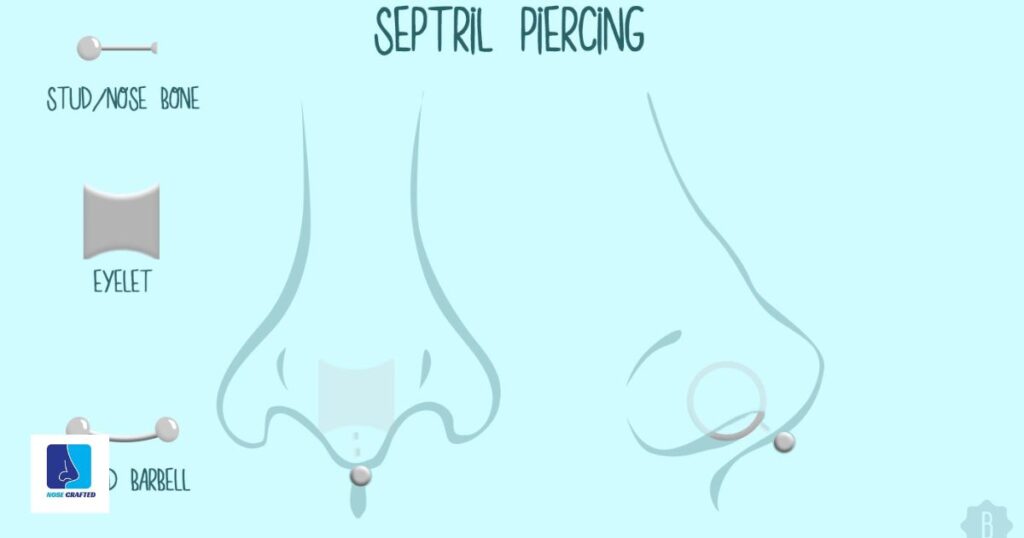
Piercing your nose at home requires careful attention to detail and proper technique. Begin by thoroughly cleaning and sterilizing the piercing needle and jewelry. Next, mark the spot where you want the piercing with a sterile marker or pen. Using a steady hand, gently push the needle through the marked spot, ensuring it goes straight through. Once the needle is through, swiftly insert the jewelry and secure it in place. Finally, clean the area again and follow proper aftercare instructions to promote healing and prevent infection.
Remember, nose piercing is a delicate process that should be approached with caution. If you’re unsure or uncomfortable, it’s always best to seek professional assistance from a licensed piercer to ensure your safety and the best possible outcome for your piercing.
A. Marking the Piercing Location
Marking the piercing location is a crucial step in the process of piercing your nose at home. Utilizing a sterile marking tool, carefully identify the spot where you want the piercing to be, considering factors such as symmetry and personal preference. Double-check the placement to ensure it aligns with your desired look. Accurate marking helps ensure that the piercing is positioned correctly and minimizes the risk of complications during the piercing procedure, including issues related to a sinking nose piercing.
B. Numbing the Area (Optional)
Numbing the area before piercing your nose at home is an optional step that can help minimize discomfort during the process. There are various over-the-counter numbing creams or sprays available that can temporarily dull the sensation in the skin. Applying a small amount of numbing agent to the area can help make the piercing experience more tolerable, especially for those with a low pain tolerance. However, it’s essential to follow the instructions carefully and ensure that the numbing product is safe for use on the skin.
C. Performing the Piercing
Performing the piercing involves carefully inserting the sterilized needle or piercing tool through the marked spot on the nose. Apply gentle pressure and maintain a steady hand to ensure a clean puncture. Be mindful of any pain or discomfort and proceed with caution. Once the needle is through, swiftly insert the chosen jewelry into the newly created hole, securing it in place. Take your time and remain calm throughout the process to minimize the risk of complications.
How To Numb Your Nose Before Piercing At Home
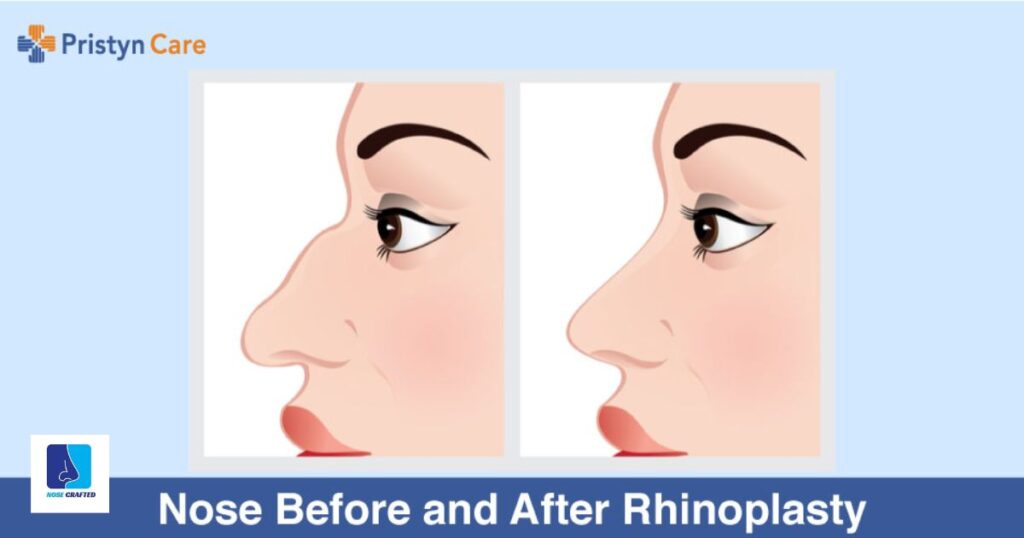
Numbing your nose before piercing at home is a common practice to minimize pain and discomfort during the procedure. There are several methods you can try, including applying ice or a numbing cream containing lidocaine to the area. Ice can be wrapped in a cloth and held against the nose for a few minutes to temporarily dull sensation.
Diy Nose Piercing Kit
- Sterilized piercing needle: Ensure a hygienic procedure.
- Marking tool: Helps accurately position the piercing.
- Surgical gloves: Maintain cleanliness and reduce contamination.
- Antiseptic solution: Prevent infection post-piercing.
- Aftercare instructions: Guide for proper healing and maintenance.
- Nose jewelry options: Studs, rings, or hoops for personalization.
- Detailed guidebook: Step-by-step instructions for safe DIY piercing.
How To Numb Your Nose At Home Without Ice
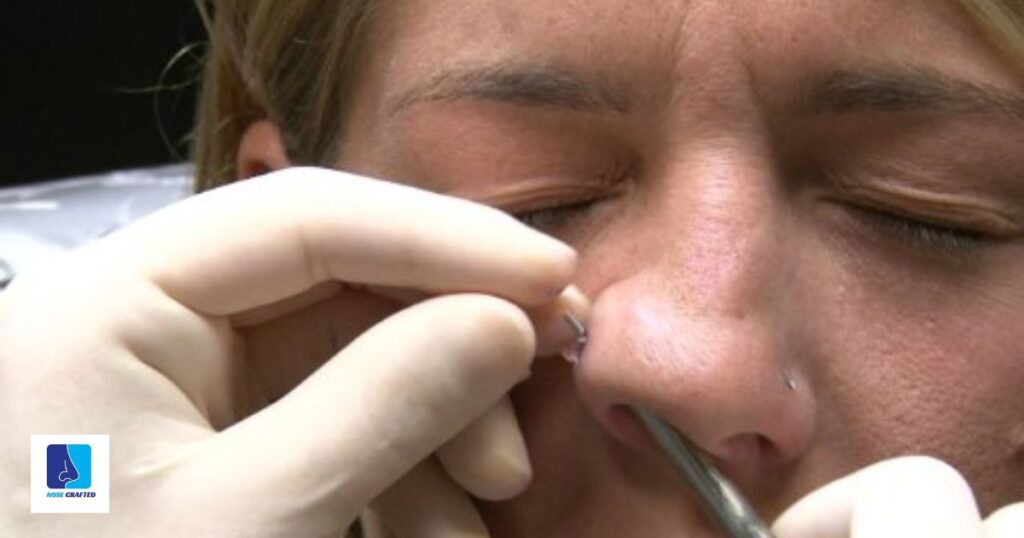
Numbing your nose at home without ice can be achieved through various methods. One simple approach involves using over-the-counter numbing creams or gels, which can be applied directly to the skin. Alternatively, topical anesthetic sprays can be sprayed onto the area for a similar effect. Another option is to utilize natural remedies like clove oil, which has numbing properties when applied sparingly. However, it’s essential to use these methods cautiously and follow the instructions carefully to avoid any adverse reactions.
Where To Pierce Your Nose Diagram
A “Where To Pierce Your Nose Diagram” provides a visual guide indicating the optimal locations for nose piercings. These diagrams typically highlight key areas on the nose where piercings can be safely and aesthetically placed, such as the nostril, septum, or bridge. By referring to such diagrams, individuals interested in nose piercings can gain a clearer understanding of placement options and make informed decisions before undergoing the procedure.
How To Pierce Your Nose Septum
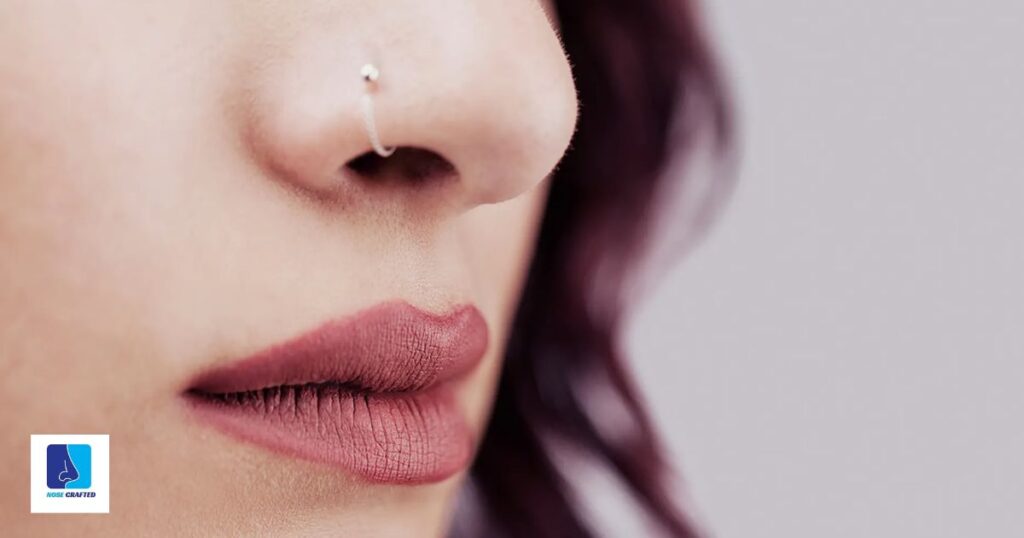
Piercing your nose septum involves careful steps to ensure safety and precision. Begin by gathering sterile piercing equipment, including a hollow needle and appropriate jewelry. Numbing the area with ice can help minimize discomfort. Mark the desired piercing location accurately before gently inserting the needle through the septum. Ensure the jewelry is securely in place and follow proper aftercare procedures to prevent infection. Remember, seeking professional assistance is always advisable for those unfamiliar with the process or concerned about potential risks.
What Size Needle For Nose Piercing
Sure, here’s a simple table outlining the common needle sizes used for nose piercing:
| Needle Gauge | Needle Diameter (inches) | Needle Diameter (millimeters) |
| 20G | 0.032″ | 0.812mm |
| 18G | 0.040″ | 1.024mm |
| 16G | 0.051″ | 1.291mm |
These sizes are commonly used for nose piercings, but it’s essential to consult with a professional piercer to determine the most suitable size for your individual anatomy and piercing preferences.
Can You Pierce Your Own Nose With An Earring
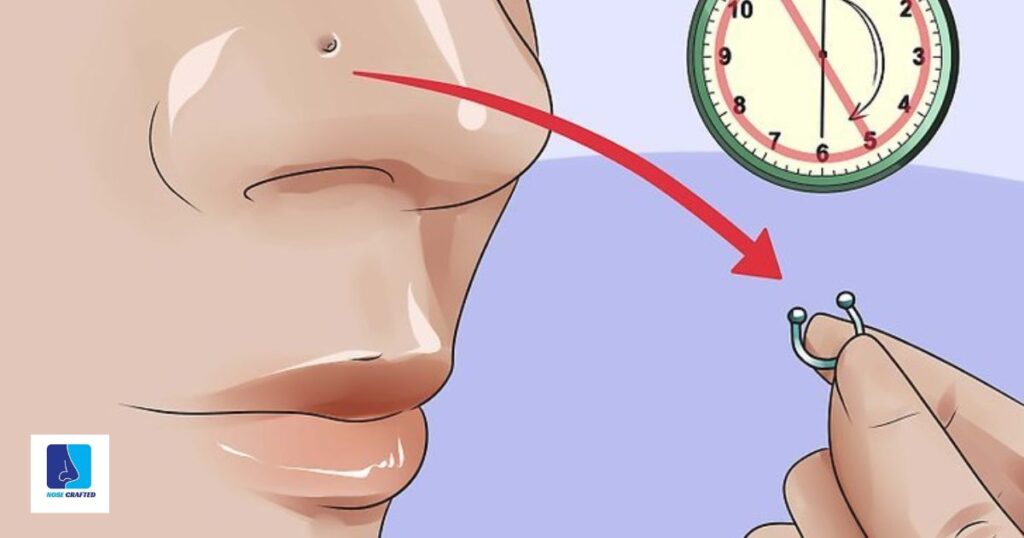
Yes, you can pierce your own nose with an earring, but it’s not recommended. Using an earring for piercing might seem convenient, but it can lead to various risks and complications. Earrings are not specifically designed for piercing, so they may cause uneven holes, increased pain, and higher chances of infection. It’s essential to use proper piercing needles or equipment designed for the task to ensure a safer and more hygienic piercing experience. Consulting with a professional piercer is always advisable for the best results and to minimize potential risks.
Nose Piercing Near Me
If you’re considering a nose piercing and searching for nearby options, look no further. Nose piercing studios are conveniently located in many cities, making it easy to find one near you. Simply search online or ask for recommendations to locate a reputable piercing studio in your area. Remember to prioritize cleanliness, professionalism, and experience when choosing a location. With the right studio, you can confidently embark on your nose piercing journey with peace of mind
FAQ,s
Can you safely pierce your own nose?
It’s not recommended; professional piercing ensures safety and reduces risks of infection or complications.
Which side of your nose should you pierce?
The side of your nose you choose to pierce is entirely based on personal preference; there is no set rule.
Does self nose piercing hurt?
Self nose piercing can be painful due to the sensitivity of the area and the potential for improper technique.
Can you pierce a nose with a hoop?
Yes, a nose can be pierced with a hoop, but it’s important to consult with a professional piercer to ensure proper placement and minimize the risk of complications.
Conclusion
In conclusion, nose piercing is a personal decision that holds cultural, religious, and aesthetic significance for many individuals. Whether opting for a stud, ring, or hoop, the choice of jewelry reflects personal style and preference. While piercing the nose with a hoop is possible, it’s crucial to entrust the procedure to a skilled and experienced piercer to minimize risks and ensure proper placement. DIY approaches, while tempting, can lead to complications such as infection or improper piercing angle. Therefore, seeking professional assistance remains the safest and most advisable route for achieving a nose piercing with a hoop.
Overall, nose piercing with a hoop adds a unique flair to one’s appearance and can be an empowering form of self-expression. However, it’s essential to prioritize safety and hygiene throughout the process. By consulting with a reputable piercer and adhering to aftercare guidelines, individuals can enjoy their nose piercing experience while minimizing the risk of adverse effects. Ultimately, whether choosing a hoop or another type of jewelry, a nose piercing can serve as a meaningful symbol of individuality and style, leaving a lasting impression on both the wearer and those around them.
